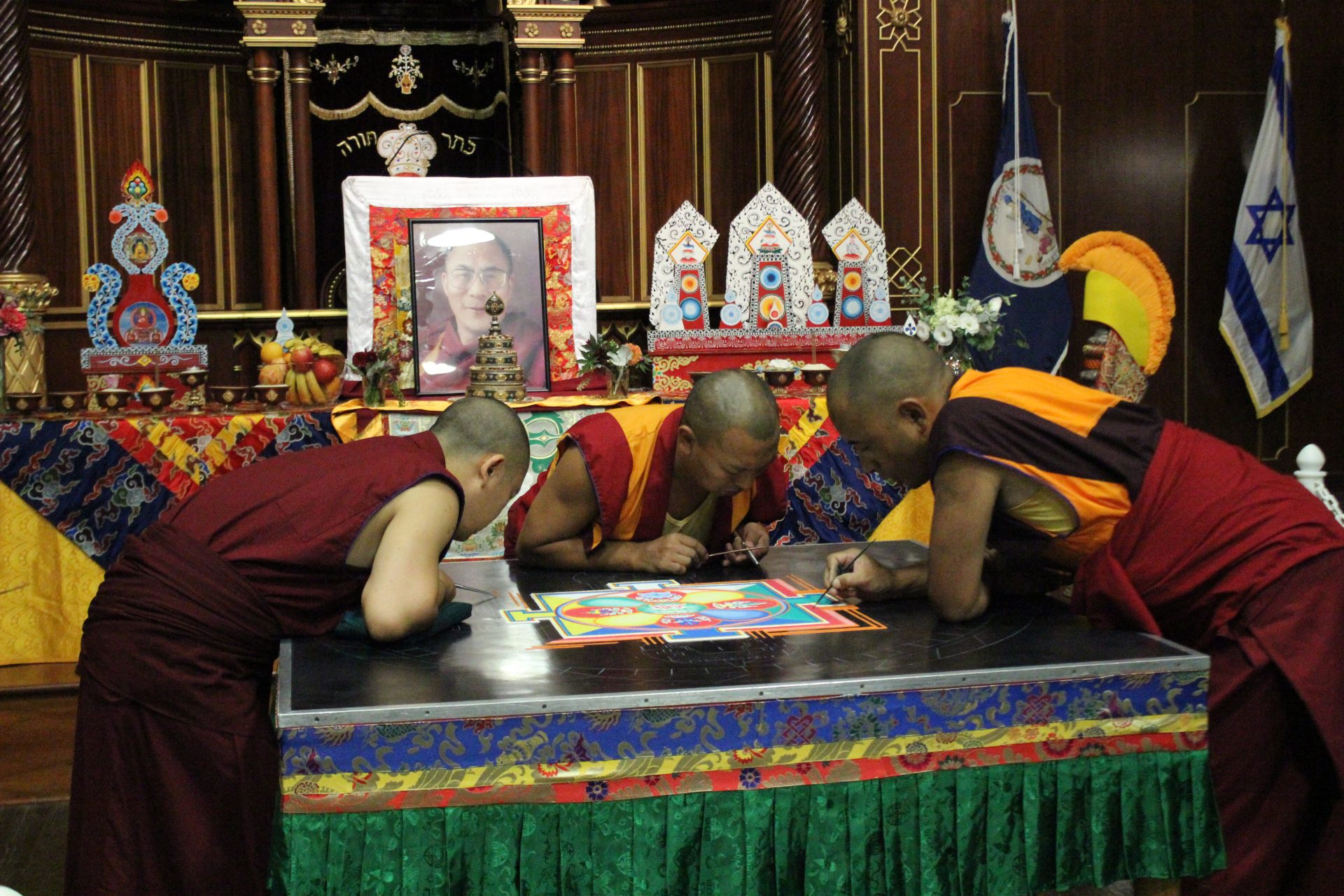With "State Of Deception," the Virginia Holocaust Museum offers an unflinching look at the ways propaganda can influence an unwary populace into supporting atrocity. The Virginia Holocaust Museum of Richmond Virginia has welcomed a groundbreaking new exhibit into its...




